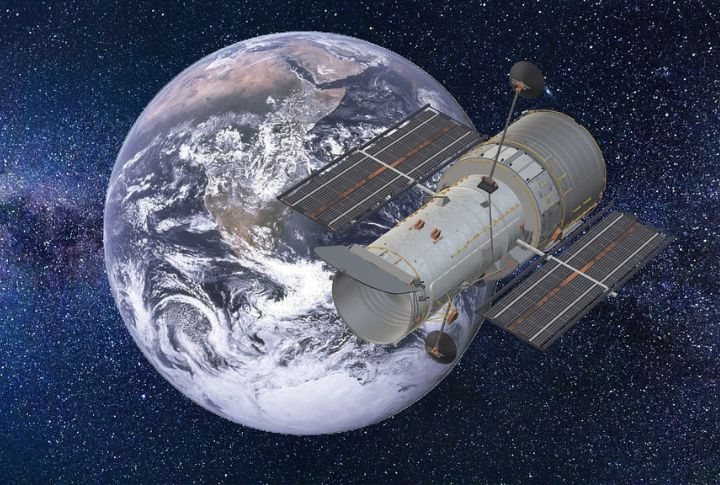
No one expected a telescope to flirt with philosophy. But then Hubble happened, and suddenly, science and wonder were in the same room again. Each new image felt like a quiet whisper asking you to look closer. Some folks saw data. Others felt design. Here is what Hubble’s observations hint at and what it means for us.
It’s A Cosmic Measuring Stick
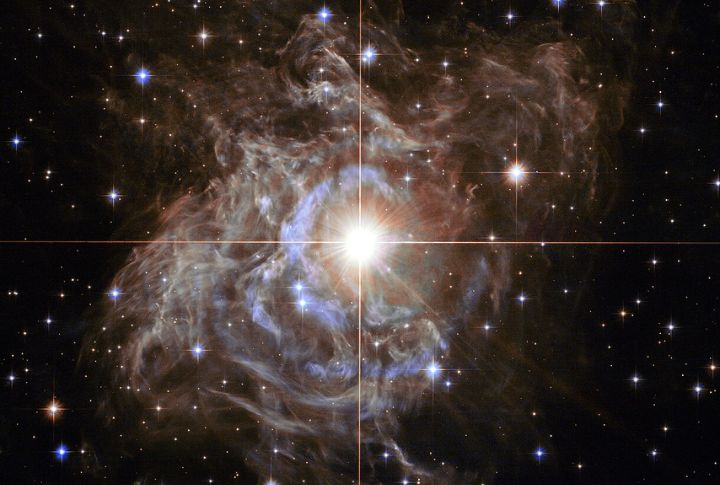
Hubble mapped the universe using Cepheid variable stars—stellar beacons that pulse with perfect regularity. Their steady rhythm allowed astronomers to measure vast cosmic distances. It’s as if the universe provided its own tools for discovery, embedding rulers in starlight. Such built-in precision suggests thoughtful design.
The Expansion Of The Universe
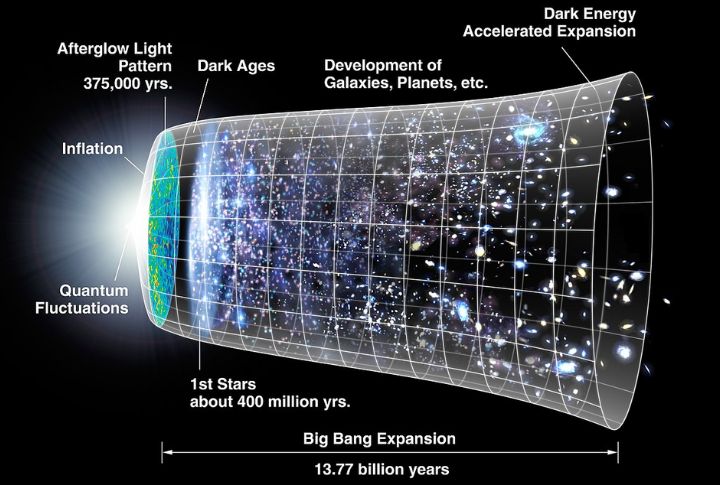
When Hubble discovered galaxies moving outward, it shattered the idea of a static universe. An expanding cosmos meant it had a beginning. And beginnings raise questions. If it started, then how, when, and who started it? This observation reopened an ancient wonder in a scientific age.
The Order Of Galaxy Structures
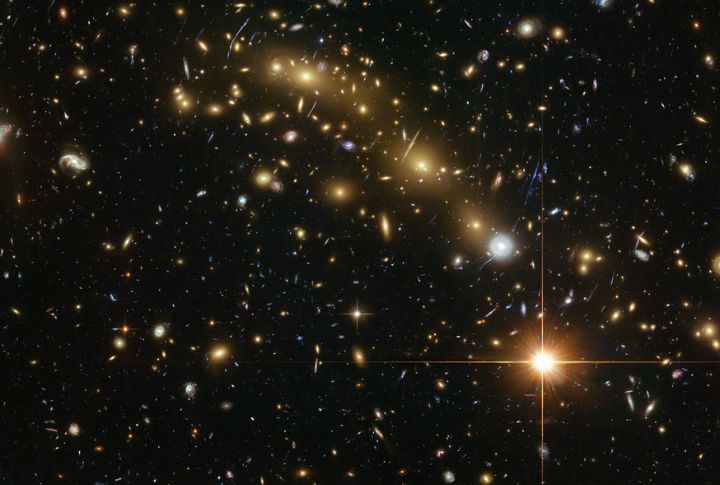
Hubble’s telescope showed galaxies arranged in elegant forms. Spirals curled in harmony. Ellipticals held symmetry. These shapes weren’t random. Repeated across light-years, their consistent beauty made people pause. Was this simply physics at work or something deeper—something shaped by intention rather than chance?
Redshift And The Race Of Galaxies
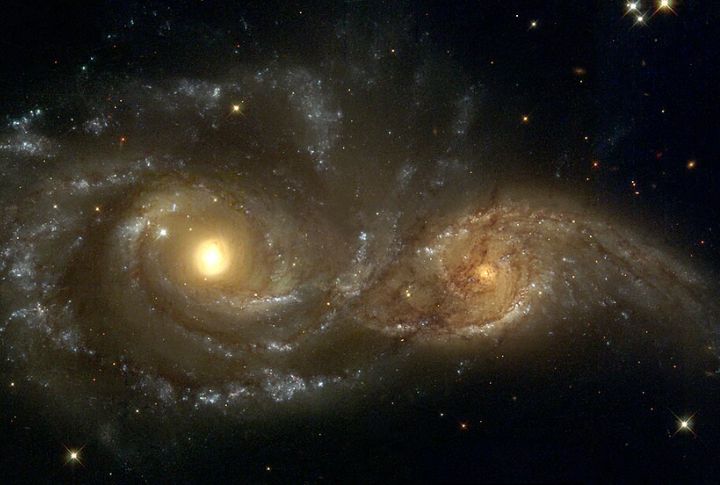
What if distance could predict velocity? That’s what Hubble uncovered through redshift data. Galaxies farther away were racing faster, like runners spreading out after a start gun. This wasn’t just evidence of expansion—it hinted at a pattern. Something vast was moving with consistency, which is curious.
The Language Of Light

Light from galaxies carries hidden codes. Wavelength patterns reveal what stars are made of, how fast they drift, and how far they travel. Hubble read this cosmic language fluently. The fact that light reveals so much makes you wonder why the universe is so readable.
Hidden Galaxies In Empty Space

It looked like nothing—just black sky. However, when Hubble zoomed in, the void revealed thousands of distant galaxies packed into that small area of space. Emptiness turned out to be overflowing. The shock wasn’t just visual. It forced a reconsideration of how emptiness is defined.
Symmetry In The Spirals
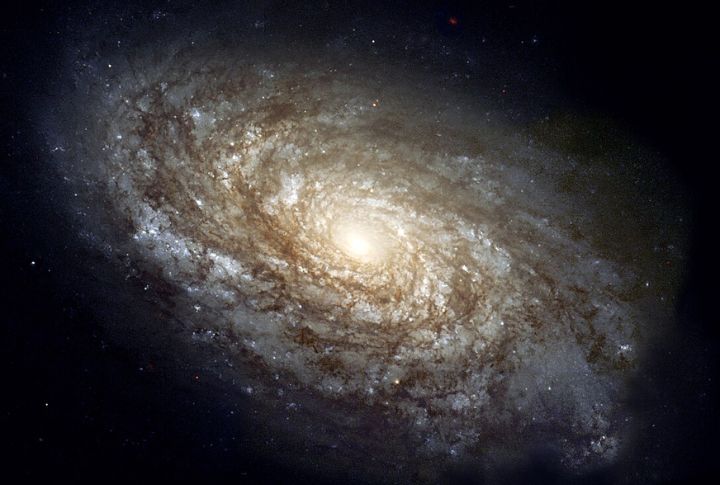
Look far enough, and the same spiral structures emerge again and again. The universe seems fluent in symmetry, drawing its galaxies with method rather than randomness. When patterns hold across such vast scales, they invite deeper questions that make you want to find out which force keeps the design so steady.
The Unchanging Laws Across Light-Years
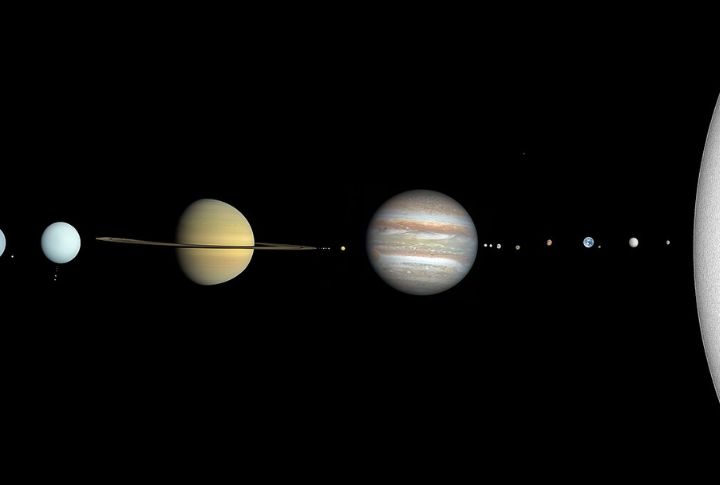
No matter how far the lens reached, the same rules applied. Gravity, electromagnetism, and atomic structure—they behaved identically billions of miles away. That uniformity feels purposeful. It means the universe is consistent, not chaotic. And a consistent system that can be studied may just be one that was meant to be.
Einstein’s Mathematical Surprise
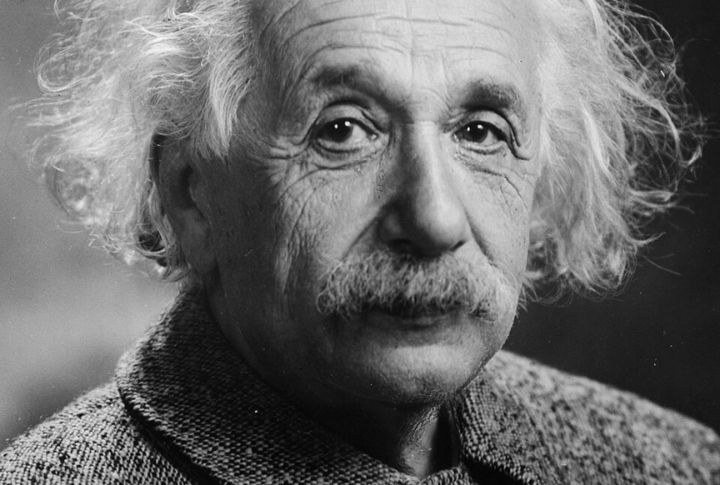
Einstein referred to his cosmological constant as a mistake. But Hubble’s discovery of an expanding universe gave that “blunder” new meaning. The constant turned out to fit reality after all. When discarded, math suddenly describes the cosmos perfectly, even the most skeptical pause.
Decades Of Cosmic Inquiry

Hubble’s 35-year legacy, revealing the universe’s expansion and dark energy, inspires awe. Dr. Adam Riess’s work on the finely tuned cosmos suggests a grand designer’s purpose. Ongoing puzzles, such as the Hubble tension, reinforce Hubble’s role in sparking beliefs in a purposeful, intelligent design.

